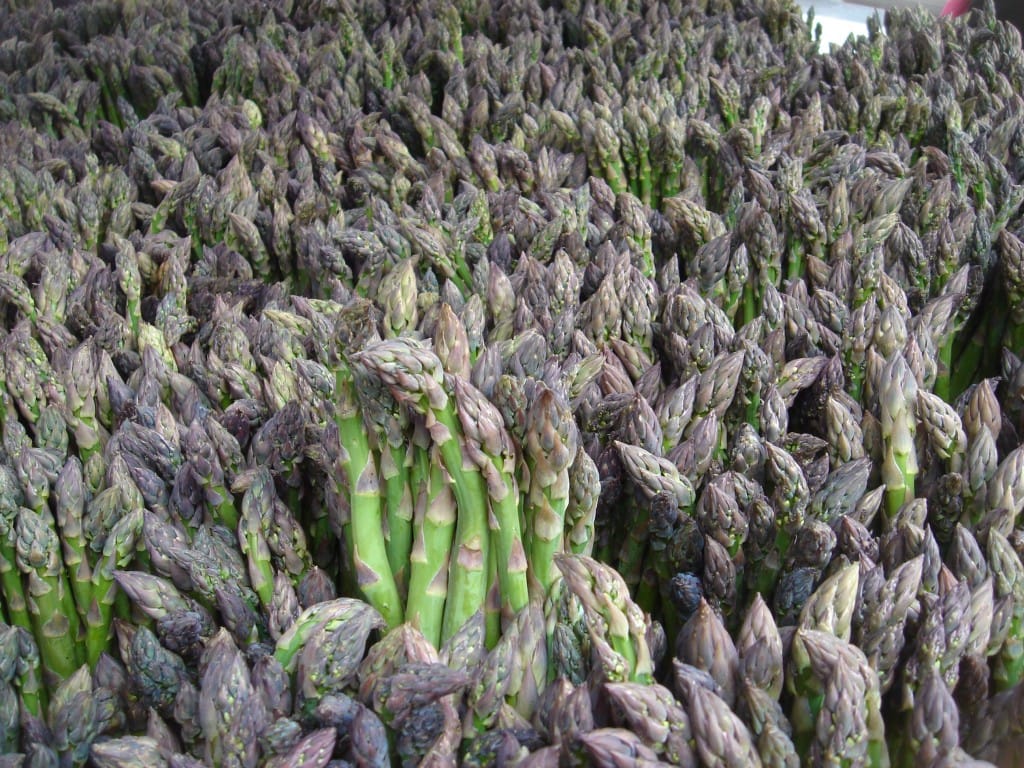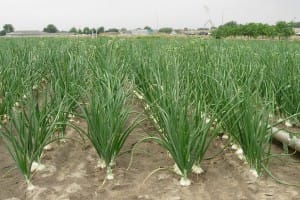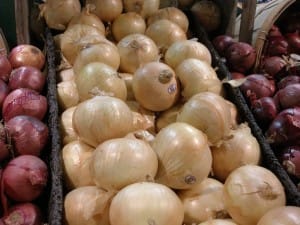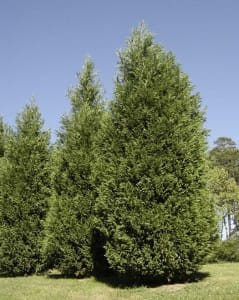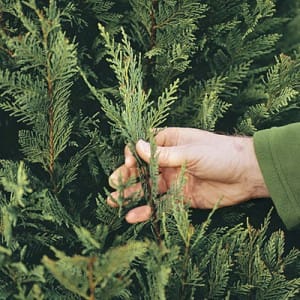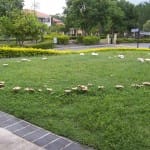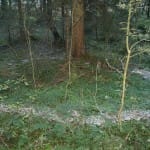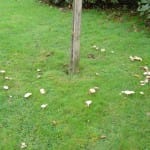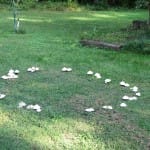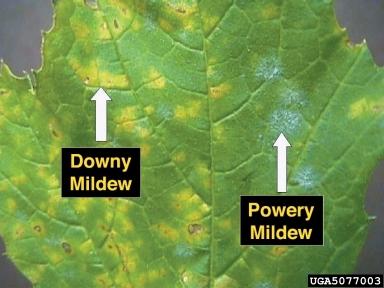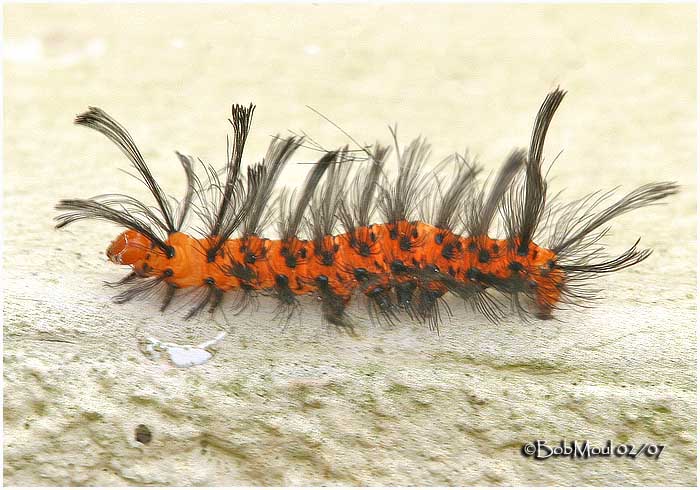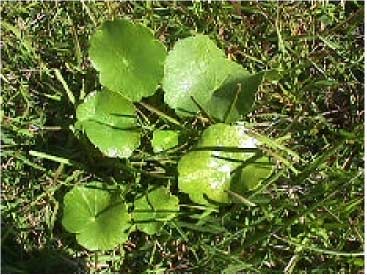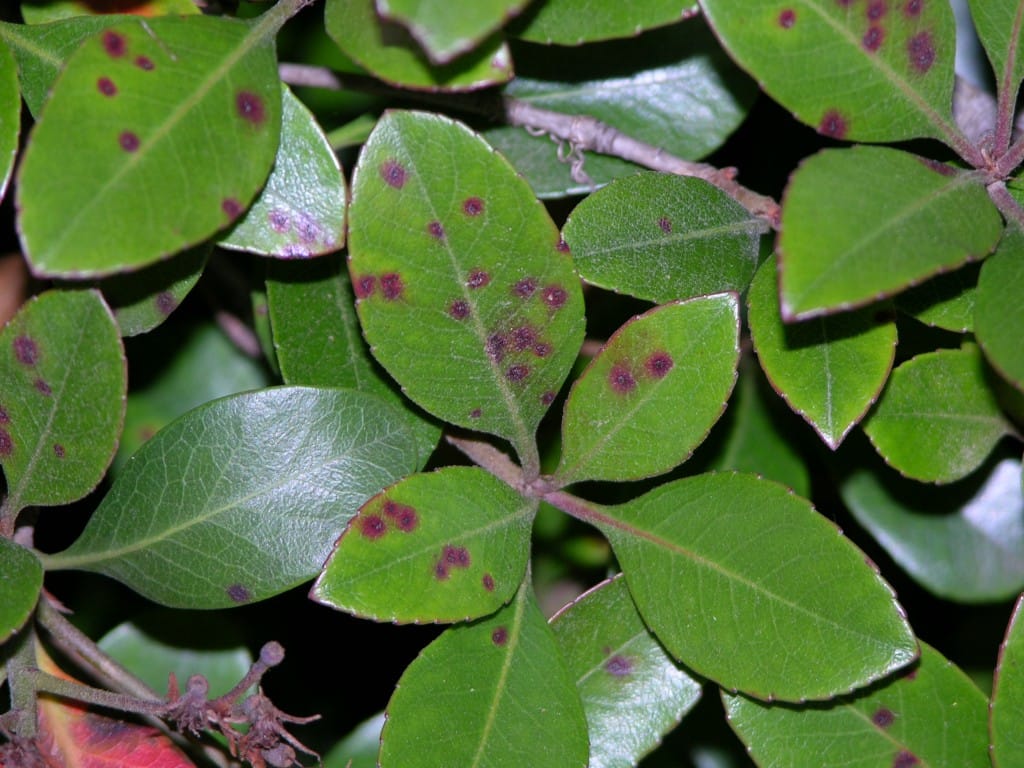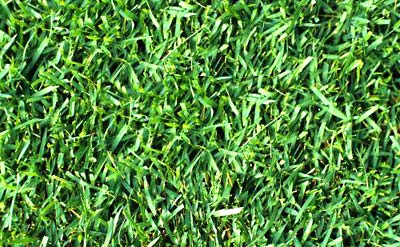Source(s): Jacob G Price
Asparagus is one of the luxury vegetables. It is also one of the earliest spring crops.
Yet few people in the south grow it, and that’s a shame. Maybe they just don’t think it’s worth all that soil preparation.
It does take a bit of extra effort and time to get asparagus started. But think about the long-lasting reward. What other vegetable can you plant once and harvest annually for up to a quarter century.
True, you can’t cut any spears the first year. And you have to limit the take the second time around. After that, though, asparagus lasts, and lasts, and lasts.
Asparagus can be planted in the spring or fall. The Extension Service recommends January, 15 to March 14, or during the months of November and December.
Planting
- Open a furrow 14 inches deep and 18 inches wide. Keep the topsoil and discard the subsoil. In areas where topsoil is shallow, bring in additional topsoil from another area.
- Spread a two inch layer of compost, manure, peat moss or well-rotted leaves in the bottom of the furrow.
- Add four inches of topsoil.
- Next add 10 pints of 5-10-15 or eight pints of 6-12-12 fertilizer and 10 pints of agricultural limestone for each 100 ft. of row. Mix thoroughly.
Use proportionately less fertilizer and lime in shorter rows. - Now add two inches of topsoil over the prepared mixture.
- Place the crown or roots (use only one-year-old crowns) 12 to 18 inches apart in the furrow and cover with three inches of topsoil.
Secrets to a Good Harvest
Do not harvest any spears for the first two years after planting. This helps the plants establish a good root system.
In the third season, pick spears over a four week period.
By the fourth season, you should be able to extend the harvest to eight weeks.
As the weather warms in early spring, be prepared to cut young asparagus stalks every third day. During peak production, you may have to cut up to twice a day.
Asparagus plants can be productive up to twenty years! Happy growing!
Best Cultivars
Choose rust disease resistant ones such as Jersey Giant, Mary Washington and Waltham Washington.
Resource(s): Vegetable Gardening in Georgia
Center Publication Number: 77
